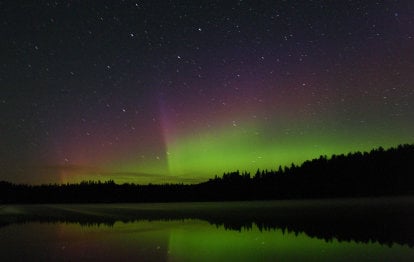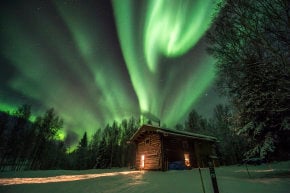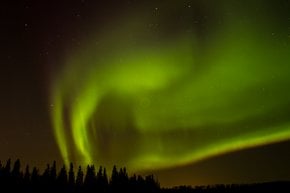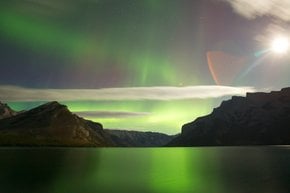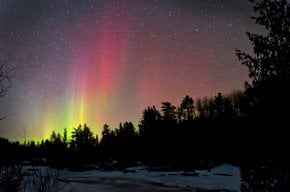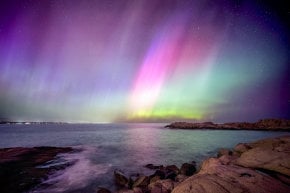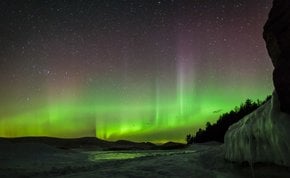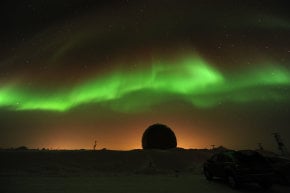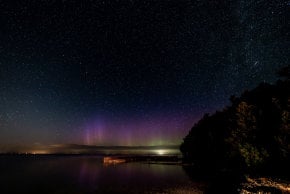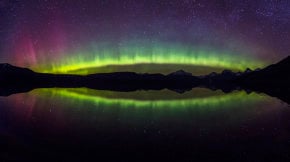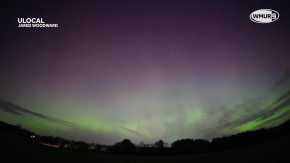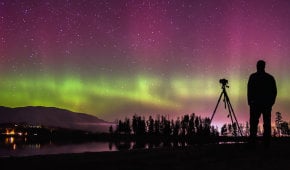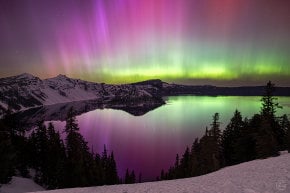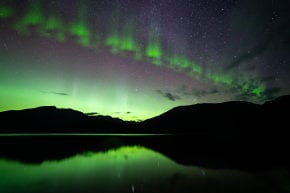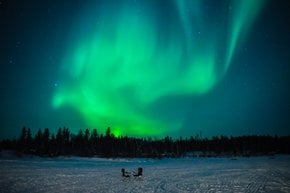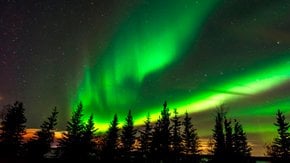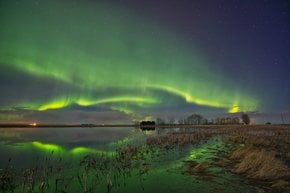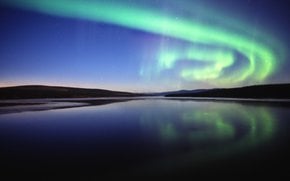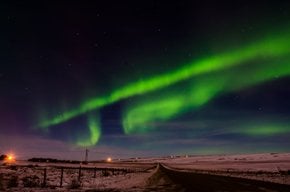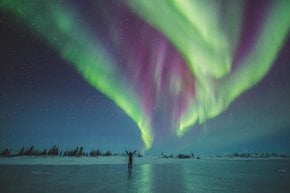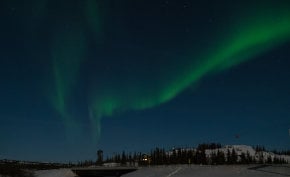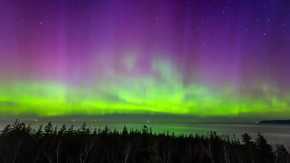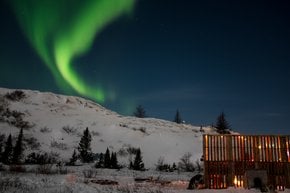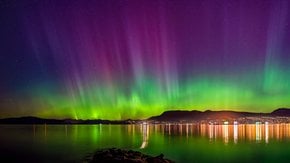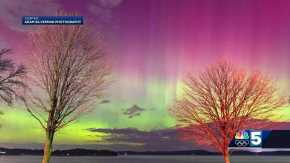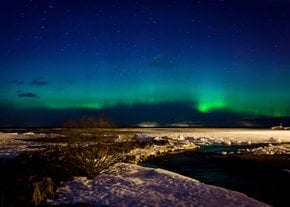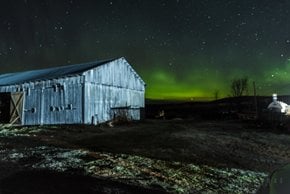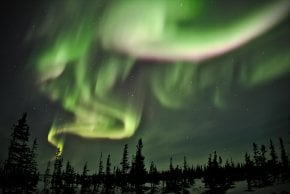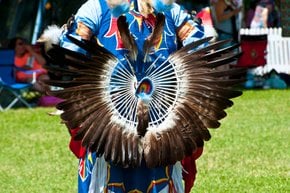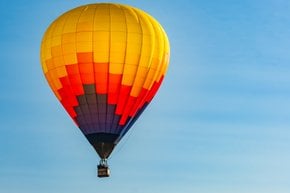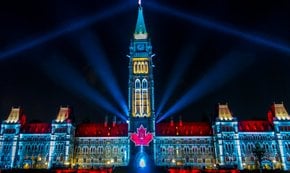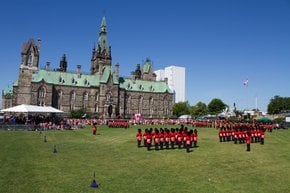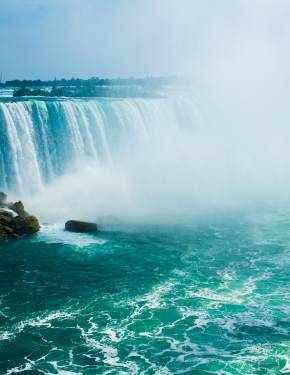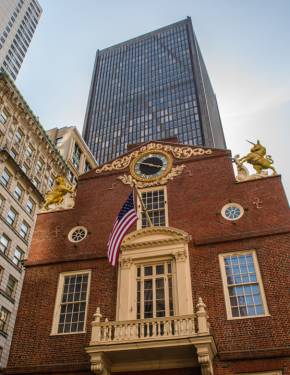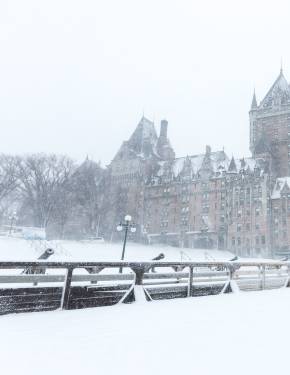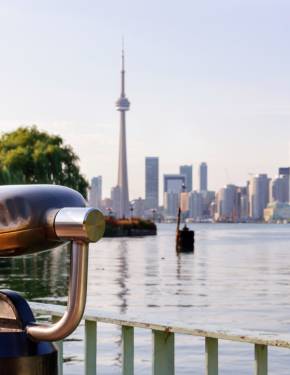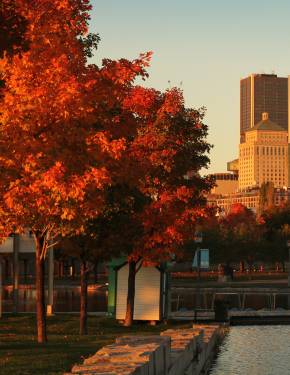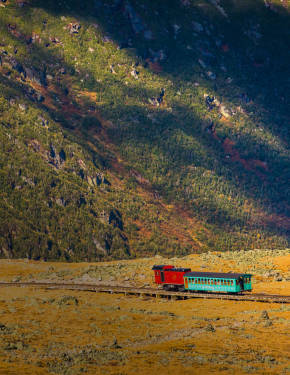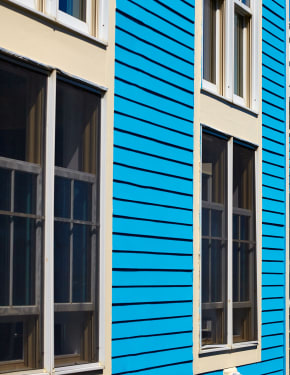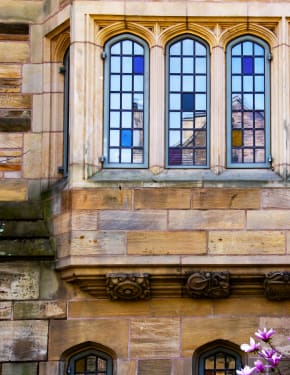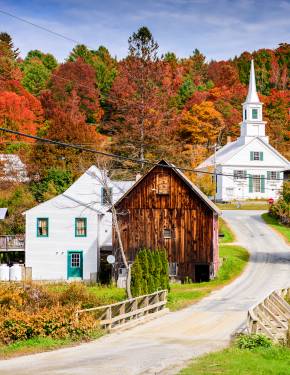Northern Lights in Ottawa 2025-2026
Southern Ontario has a few good spots to watch aurora borealis
Best time: October–March
The capital of Canada is located in Southern Ontario and, therefore, doesn't boast as good aurora borealis visibility as the northernmost regions of the country. However, it can still be seen here on some nights under the right conditions and at the right time. The season to chase northern lights in Canada usually runs between October and March. It's important to remain patient as an aurora chaser since the process of getting the perfect snapshot and witnessing this phenomenon is quite lengthy.
Aurora Borealis Forecast
Northern lights are caused by a so-called solar storm or high geomagnetical activity, which is measured in Kp-Index on a scale from 0 to 9. The Kp has to be at least 4 for you to be able to see even a faint glow in the Ottawa area. The forecast for aurora borealis is provided by the the Space Weather Prediction Center (SWPC) at the National Oceanic and Atmospheric Administration (NOAA) and the Geophysical Institute at the University of Alaska Fairbanks. There's a multitude of various websites specializing in this geomagnetic phenomena.
Best Places to See Northern Lights in Southern Ontario
As you need complete darkness to be able to see the aurora, it's best to get away from the metropolitan area and light pollution. Southern Ontario features a few places that work perfectly for an aurora hunt, with Algonquin Provincial Park and Torrance Barrens Dark Sky Preserve being the most prominent.
Algonquin Provincial Park
Algonquin Provincial Park, the first provincial park in Canada, is located about a 2.5-hour drive, 149 miles (240 km) from Ottawa. Situated on the border of Southern and Northern Ontario, the park is one of the best spots for stargazing in the province. It features approximately 2,400 beautiful lakes, which can provide stunning reflections for your aurora photos. The most famous lake in this spot is the Canoe Lake, which, as the name suggest, is quite popular among canoe enthusiasts. Kawawaymog Lake is also worth stopping by due to its magnificent vistas and a retreat centre, which offers yoga and mindfulness retreats.
Park Activities & Accommodation
During the day, you can try cross-country skiing, snowshoeing, dog sledding, skating, ice fishing, and winter backcountry camping throughout the park. Canoeing and boating are also popular among visitors, with water being at the highest levels in early spring and the lowest in late summer. During fall, you can also engage in some leaf-peeping and observe the park's trees changing color in mid-October.
Algonquin Art Centre, with exhibits of wildlife art, and Algonquin Logging Museum, which showcases the history of logging and forest management, are both open from late June until mid-October. Algonquin also offers several accommodation options, specifically, Arowhon Pines Resort, Bartlett Lodge, and Killarney Lodge, all located within the park.
Hours & Permits
Algonquin Provincial Park is open year-round, but day-time passes to use the park's facilities are only valid from 7 am until 10 pm. A daily vehicle permit costs CA$21, while Canadian Armed Forces personnel and veterans currently residing in Ontario can enter for free during weekends. Seasonal day-use permits cost CA$85 during summer (from April 1 to November 30), and CA$68 during winter (from December 1 to March 31). An annual vehicle permit costs CA$112.
Torrance Barrens Dark Sky Preserve
Torrance Barrens Night Sky Reserve is located farther away from Ottawa. The distance of 250 miles (400 km) can be covered in about 4.5 hours. However, it's definitely worth the long drive since Torrance Barrens is the premier aurora borealis-watching spot in Southern Ontario and one of six designated dark sky preserves in the province. The first preserve of its kind in Canada, Torrance Barrens boasts a unique bedrock terrain, perfect for stargazing sessions, and a diverse flora and fauna, distinct from most Canadian parks. Besides aurora borealis, even amateur astronomers can witness Andromeda Galaxy and rings of Saturn through a telescope.
Torrance Barrens lies in the Muskoka region, far away from big cities and highways. It covers 5,000 acres (2,023 ha) and features lush forests, marshlands, trails, boardwalks, and many scenic outlooks for night-time photography and stargazing. The main dark sky viewing area is located behind the Ministry sign on Southwood Road and features a smooth granite land and a clear panorama of the sky above.
Admission & Recreation
Entry to the park is completely free. To enjoy your stay at the park, consider embarking on one of the hiking trails to explore its grounds. The route of the main trail goes around Highland Pond and features numerous possibilities to see the preserve's wildlife. Camping is only permitted at six designated campsites within the park and is also free. Other activities at the park include mountain biking and snowmobiling.
Northern Lights Near Ottawa
While the chance of seeing aurora borealis is much more slim near the city, some suburbs and quaint parts of the metropolitan area are suitable for northern lights sightings. Kanata and Constance Bay, located 13 miles (21 km) and 28 miles (45 km) from the capital, offer brief aurora sightings. Constance Bay beach also provides panoramic views of the Ottawa River.
Practical info
External resources
- National Oceanic and Atmospheric Administration (NOAA): Aurora 30-Minute Forecast (Official website)
- Geophysical Institute at the University of Alaska Fairbanks: Aurora Forecast (Official website)
- Algonquin Provincial Park (Official website)
- Torrance Barrens Dark Sky Preserve (Official website)
- Northern Lights in Ottawa Suburbs (Official website)

